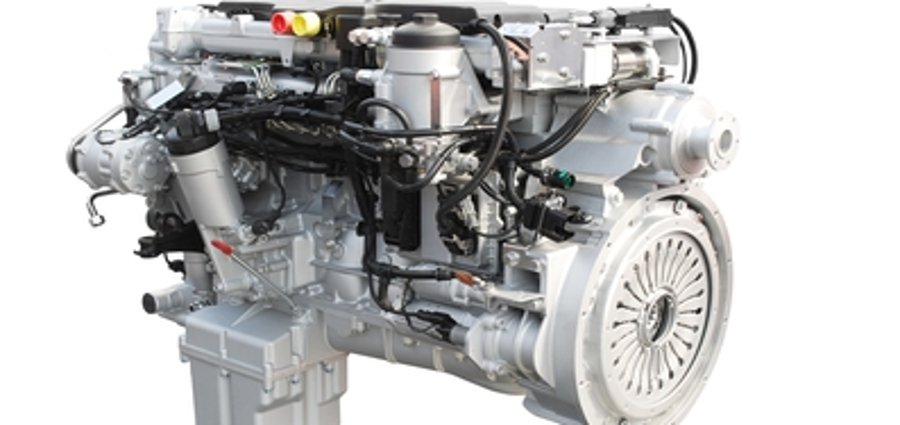

It is often said that coolants are a commodity, which is true in part, but refers only to the base fluid. This is the water/glycol mixture that represents around 97.5% of a finished, ready-to-use product. The real value of a coolant, and that which differentiates one from another, is the additive or inhibitor package which makes up the balance at only about 2.5%.
In Coolants 101, we provided a high-level overview of the types of coolants we typically see in the automotive industry in North America. We divided these coolants into two broad categories of products: IAT (Inorganic Additive Technology) and OAT (Organic Additive Technology). For this discussion, we’ll focus on the OAT family of coolants because it represents most of the market in both the automotive and heavy-duty industries.
As you probably know the protection mechanism of inorganic or conventional coolants is to lay down a protective, insoluble chemical blanket to protect cooling system surfaces, but this extra layer can result in diminished heat exchange. OAT coolants provide chemical protection by interacting only at corrosion sites.
The use of various chemical elements and methods of manufacture are key in determining the quality, performance and longevity of a coolant beyond its virgin state. For example, two newly-manufactured products can appear the same with respect to ASTM test data, but once in service, oxidation and other factors can have a great impact on performance. It is these factors that influence the many variations of OAT coolants and determine regional OEM technology preferences across the globe (see examples in figure 1 below).
Now, let’s look at some of the more common additive variations of OAT coolants along with a little information about each one:
OAT – As previously mentioned, Organic Additive Technology, and the basis for all the types below. Most over-the-road equipment engine OEMs recommend OAT coolants for their engine cooling systems.
NOAT – Nitrited or Nitrite-containing OAT. Nitrites afford improved protection to coolant side cylinder liners used in heavy duty diesel engine cooling system components. Both OAT and NOAT are preferred in North America with NOAT being more prevalent in the market.
HOAT – In Coolants 101, we referred to the HOAT as a hybrid OAT, because it combines both IAT and OAT chemistries. Other terms associated could be Hybrid (contain both chemistries but predominantly conventional) and Lobrid (contain both chemistries but predominantly organic).
POAT – Phosphated or phosphate-containing OAT. Since phosphates can react with hard water metals to create scale, these are not preferred in a hard water environment such as Europe or North America. In Asia, however, they are preferred because of the soft-water qualities found there.
Si OAT – Silicated or silicone-containing OAT. While some OEM’s in Europe prefer a low-silicate OAT, they are banned in Asia due to problems with water pump seals and poor heat exchange. As mentioned earlier, manufacturing methods can be key in the quality and performance of a coolant. As an example, it is known that silicates can be difficult to stabilize, and if not treated properly in the manufacturing process, they can drop out of solution, causing deposits and clogged cooling system components.
Regional OEM Coolant Technology Preferences
Figure 1. Colors used in this figure represent various technologies, but actual coolant colors may vary.
With so many different technologies and choices it’s easy to understand why engine coolants can be one of the most confusing areas of maintenance we face. Here are a few things to consider when questions arise regarding your cooling system.
Q: With all the technologies out there, how do I know which product is right for my vehicle?
A: It is always best to check your owner’s manual for the right coolant requirement and maintenance and testing practices. If unsure, call Chevron Lubetek at 800-582-3835, and one of our lubrication specialists will be able to help you.
Q: As long as I use the correct coolant and stay within the OEM recommended service interval, can I just top off coolant if it gets low? Why is testing so important?
A: There are many factors affecting coolant quality and performance over time, such as oxidation, pH, and additive depletion to name a few. And because many serious engine problems can be coolant-related, it is essential that proper coolant testing be part of any comprehensive automotive or heavy-duty engine maintenance program.
06/06/2019




























